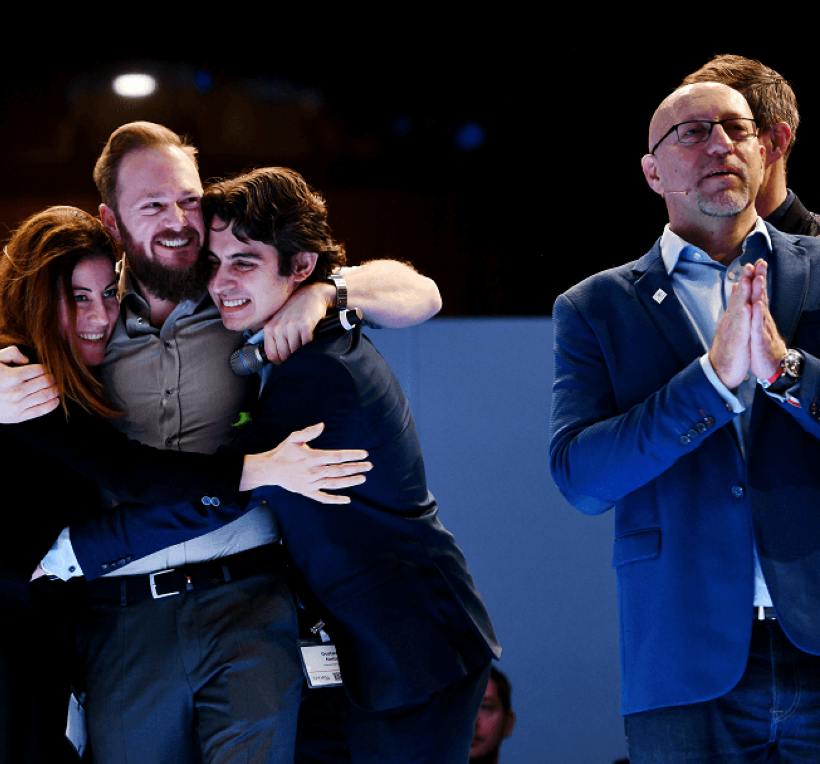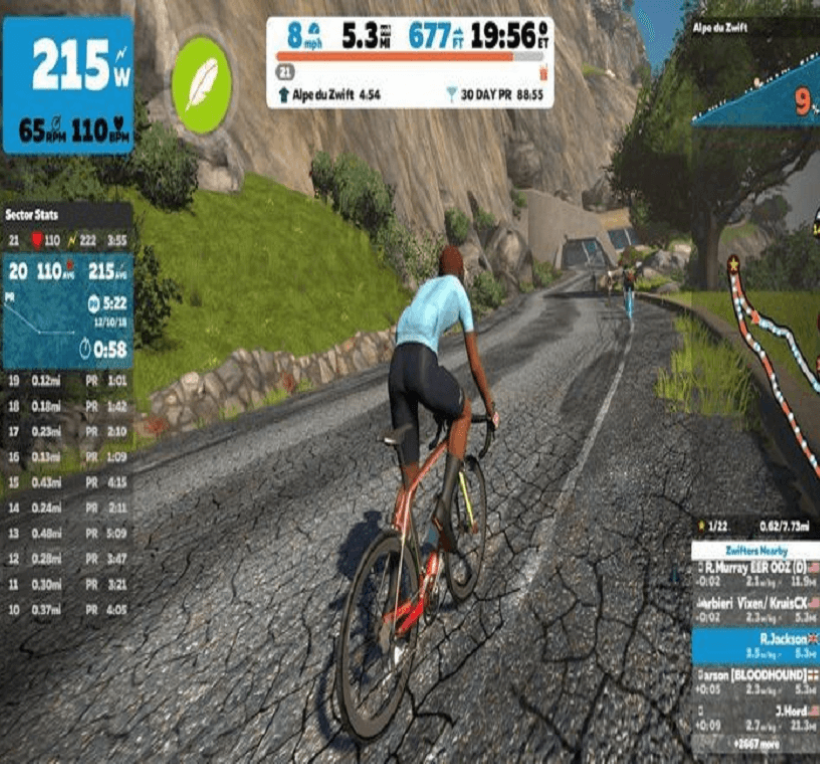

Do clubs/teams really need to invest in fan engagement?
Sports teams have a big advantage compared to companies like Twitter, Facebook, and Instagram when it comes to consumer loyalty. Fans feel emotionally attached and are very devoted to their club, it’s like family, whatever happens, how bad they treat you; you will always love them unconditionally. This is not the case with Social Media, once there is a better option, they will literally delete the old option out of their lives.
Fan engagement is the new hot topic amongst sports clubs, but what does it actually mean?
Any effort from within the club aiming to provide extra services/engagement for the fan, with the main focus on the individual experience.
You all remember back in the days when you would go to your beloved sports game with your dad on Sunday afternoon. A Coke in one hand and the ketchup from your hotdog dripping on your other hand. Cheering and signing the whole game to finally lose 0-1 at the last minute, going home to hear your mom say, “don’t worry, it’s only a game”. This would be part of your routine, week after week enjoying the game without much online engagement in between the game-days. This is so different in our day and age when attending a sporting event. Everyone is connected all the time with their phone, kids are playing Fortnite while you are watching a video of a man sipping a whole bottle of Whiskey on your Facebook feed. Fan engagement is essentially a way of engaging the fans in many more ways than just hosting them for a game. What can I do as a club to keep fans of all ages and behaviors as entertained and involved as possible?
It is crucial to have a clear view and understanding of the different kinds of fans your club consumes. Based on parameters like behavior, demographics, and psychographics.

If we look at the startup TOKABOT, a platform that is revolutionizing the way they engage sport consumers with content. This is achieved by facilitating smart interactive widgets to provide a tailored, and personalized fan engagement experience during live events. When you have a good interpretation of your different fans you can segment and target them more precisely. For example, for the ultimate experience you are going to use different tools and tactics for Megan, a 46-year-old woman goes to every game, sings the whole game and has a tattoo of the team legend on her leg. As opposed to Tim, a 16-year-old boy follows the game on his smartphone and is a very active Fantasy League player. In order to achieve a stronger bond and longer-lasting customer experience, you have to engage both of them through the right instruments. Yesterday, at SPOBIS 2020 during our panel on converting fans to paying customers, CEO of TOKABOT Yaniv Levin related to the struggle being felt by major clubs and teams.
“Teams and Clubs are losing fans to major platforms such as Facebook, Twitter and Instagram etc… And they are failing to convert them as customers into their CRM.”
Yaniv Levin – CEO of TOKABOT
Big tech companies are competing with each other for our attention. Trying everything to seduce the public to click on their app and spend as much time as possible on it. You get notifications from 8 different apps and you start binging a Netflix show to find out 4,5 hours later that it’s finished. The longer spent, the more advertising is viewed and the more income that will be generated through ad views/clicks. We believe that Sports teams have to enter the battlefield of this attention-seeking competition against the big agglomerations in order not to be left behind. This can be achieved by different procedures; like manufacturing apps, constructing a better game-day experience and giving the fans a voice. It’s fundamental to keep the focus on segmentation and personalization throughout all the undertakings.
Sports teams have a big advantage compared to companies like Twitter, Facebook, and Instagram when it comes to consumer loyalty. Fans feel emotionally attached and are very devoted to their club, it’s like family, whatever happens, how bad they treat you; you will always love them unconditionally. This is not the case with Social Media, once there is a better option, they will literally delete the old option out of their lives.
If a club succeeds in creating a wholesome fan engagement strategy this will lead to the monetization of the participants created through it. Moreover, in the long run, it will result in more commitment, a better atmosphere on game-day, encouragement of the team performance and increase merchandising and ticket sales.
By Ezra Eisenmann – for HYPE Sports Innovation




Comments
create a binance account
Your point of view caught my eye and was very interesting. Thanks. I have a question for you. https://accounts.binance.info/register?ref=P9L9FQKY
binance Register
I don't think the title of your article matches the content lol. Just kidding, mainly because I had some doubts after reading the article.